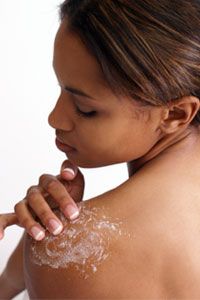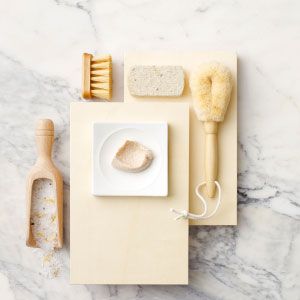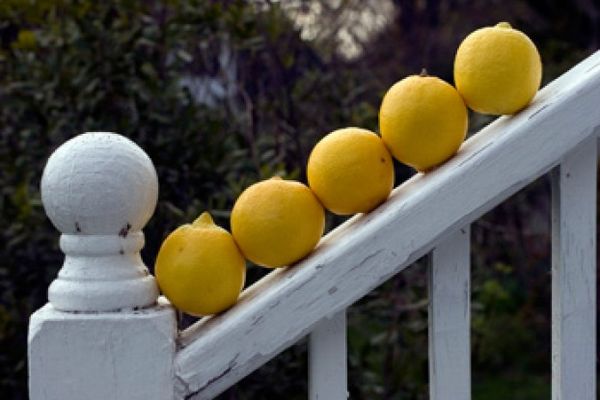Healthy skin doesn't have to come from an expensive medical process. In fact, simply adding an exfoliating product to your skin care routine can bring an end to dull, flaky skin and help you put your best face forward.
Exfoliating removes dead cells from the uppermost layer of skin to reveal the fresher, younger skin underneath. Sloughing off these dead cells can even skin tone, remove pore-clogging dirt and oil and help prevent acne [source: Bruno]. There are two types of exfoliants:
Advertisement
- Physical scrubs such as sugar, oatmeal and salt
- Chemical scrubs such as alpha-hydroxy acids and salicylic acid.
Soaps and cleansers remove dirt and oil from the skin, but soap can't remove all of the skin's dead cells on its own -- that's where exfoliation comes in. Exfoliating tools, like gloves and loofahs, are one option for physical exfoliation. However, loofahs should be used only on the body -- they're too harsh to use on delicate facial skin [source: Geria].
Exfoliating soaps allow you to both cleanse and exfoliate your skin at the same time. Many soaps are made with natural ingredients such as oatmeal, salt, sugar or finely ground seeds. Both these natural ingredients and synthetic exfoliating beads -- which are found in many facial cleansers and body washes -- work as physical exfoliants to gently remove dead cells from the skin's surface [source: The Skin Sciences Institute]. Products that contain chemical exfoliants, such as alpha-hydroxy acids or salicylic acid, should be used less frequently. Although they effectively exfoliate skin, they can also cause dryness and irritation.
Exfoliation can help your skin appear younger and brighter -- as long as you don't overdo it. Read on to learn about exfoliation methods.
Advertisement


